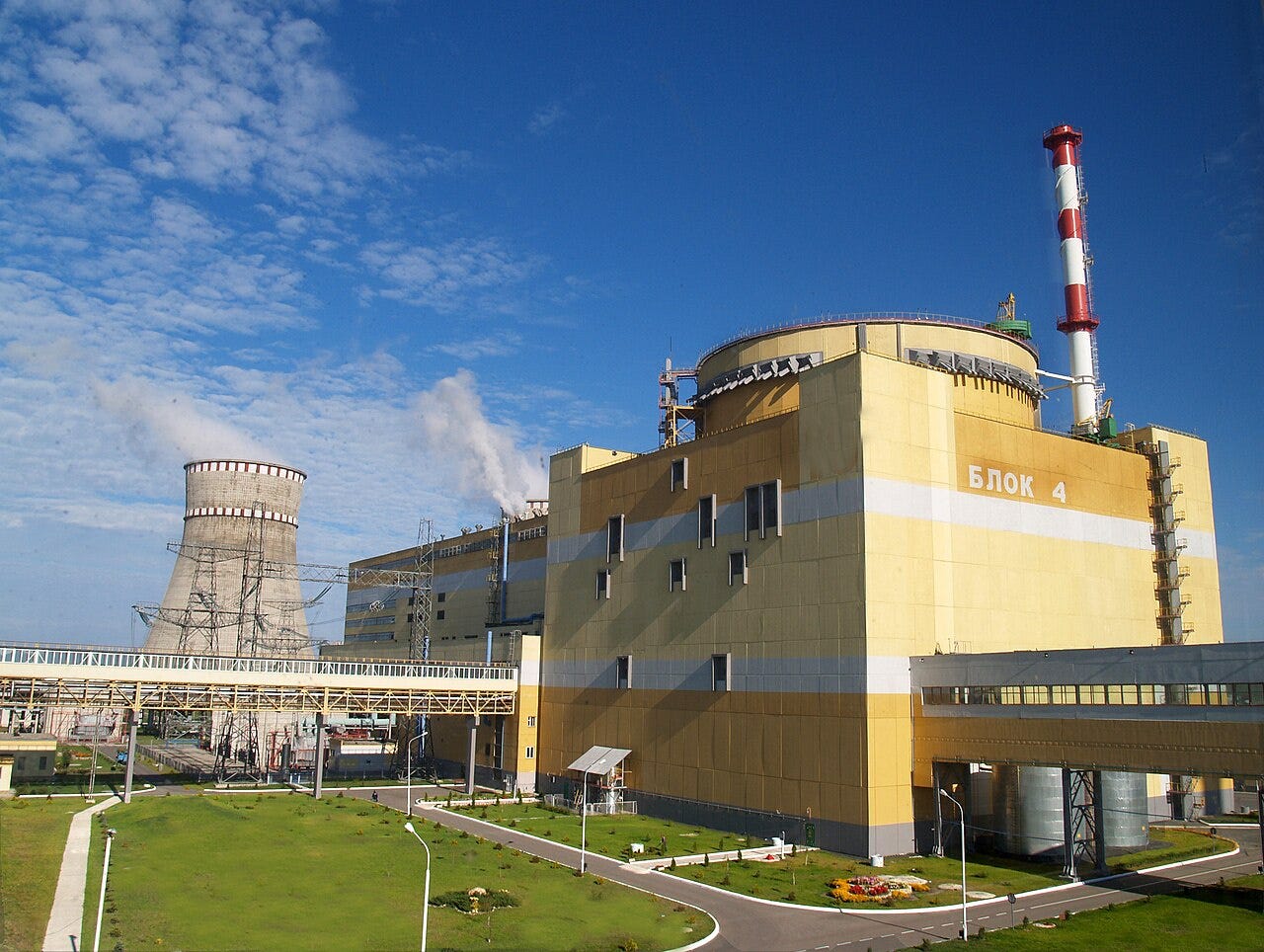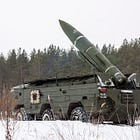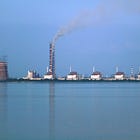IAEA Reports Reduced Capacity at Ukrainian Nuclear Power Plants Following Military Attacks on Electrical Infrastructure
The attacks disconnected the Khmelnitskyy and Rivne facilities from key 750 kilovolt power lines, prompting grid operators to limit output from several reactors to maintain stability.
EUROPE — The International Atomic Energy Agency (IAEA) has reported that two Ukrainian nuclear power plants have operated at reduced capacity since November 8 due to military strikes on critical electrical substations.
The attacks disconnected the Khmelnitskyy and Rivne facilities from key 750 kilovolt power lines, prompting grid operators to limit output from several reactors to maintain stability. One damaged line has been restored, while others remain offline, highlighting ongoing vulnerabilities in Ukraine’s energy grid amid the conflict.
IAEA Director General Rafael Mariano Grossi emphasized the critical role of reliable off-site power for nuclear safety systems and cooling functions, noting that dedicated expert missions will assess the affected substations. The agency continues to provide assistance, including equipment deliveries to support Ukraine’s nuclear infrastructure.
Details of the Strikes
The strikes targeted substations serving as nodes in the country’s electrical grid, which are essential for voltage transformation and ensuring stable power supply to nuclear facilities.
Following the incident during the night of November 7, both plants lost connection to one of their two high-voltage lines each. In response, operators reduced electricity generation from some reactors at the request of the national grid authority.
Although one line has returned to service, the ongoing outage of the other has sustained limited operations at three reactors.
This situation underscores the interdependence between Ukraine’s nuclear sector and its broader energy network, which has faced repeated disruptions since the conflict began.
IAEA Efforts and Deliveries
IAEA efforts include implementing a comprehensive assistance program, with recent deliveries of electrical components to regional energy firms and radiation monitoring equipment to the South Ukraine Nuclear Power Plant.
These actions, supported by multiple European nations and the European Union, aim to bolster the reliability of power supplies critical for nuclear operations.
Additionally, radiation monitoring capabilities have been enhanced at the South Ukraine facility, contributing to international data sharing through the agency’s monitoring system.
Ukraine’s central radioactive waste management enterprise and the Chernobyl Nuclear Power Plant have also received specialized equipment to strengthen security measures.








